Early Retirement Cities: 21 Great Places Near the Mountains to Retire
Once you've made that difficult climb to achieve financial independence early, why not enjoy some literal climbs in your early retirement?


Once you've made that difficult climb to achieve financial independence early, why not enjoy some literal climbs in your early retirement? America's mountain majesties can be found in many locations all over the country, and many provide a perfect setting for you to get outdoors, stay fit and gain some perspective on your new life. Plus, higher altitudes also give you cooler weather and less humidity.
We pinpointed 50 great places in the U.S. for early retirees—one in each state—focusing on living costs, median incomes and poverty rates for residents ages 45 to 64, as well as local tax environments and labor markets (just in case you want to dip back into the workforce and stretch your retirement savings further). Of our 50 picks, these 21 destinations offer the added benefit of nearby peaks and valleys to explore.
The list is ordered alphabetically by state. See "How We Picked the Best Places for Early Retirement" at the end of the list for details on our data sources and methodology.

Huntsville, Ala.
- Total population: 444,908
- Share of population, age 45 to 64: 27.8% (U.S.: 26.1%)
- Retired cost of living: 5.4% below the national average
- Median income, age 45 to 64: $77,266 (U.S.: $69,909)
- State's retiree tax picture: Tax Friendly
As one of the 10 Cheapest States Where You'll Want to Retire, the Heart of Dixie boasts many great spots for affordable living. And Huntsville, in northern Alabama, is one of the best. It offers all the low-cost, low-tax advantages as the rest of the state, but adds more generous household incomes.
Home to NASA's Marshall Space Flight Center, the Redstone Arsenal and the Huntsville campus of the University of Alabama, the city offers a robust economy and a highly educated population. You can also find plenty of cultural attractions, from a sculpture trail to a symphony orchestra. Opportunities for outdoor recreation abound, as well: Hiking and biking paths around and throughout the city include advanced slopes of Monte Sano Mountain and more leisurely paths of the Huntsville Greenway system. In fact, Alabama at-large offers many of Florida's popular retirement attractions—warm weather, nice beaches and plenty of golf—all at a typically lower price.
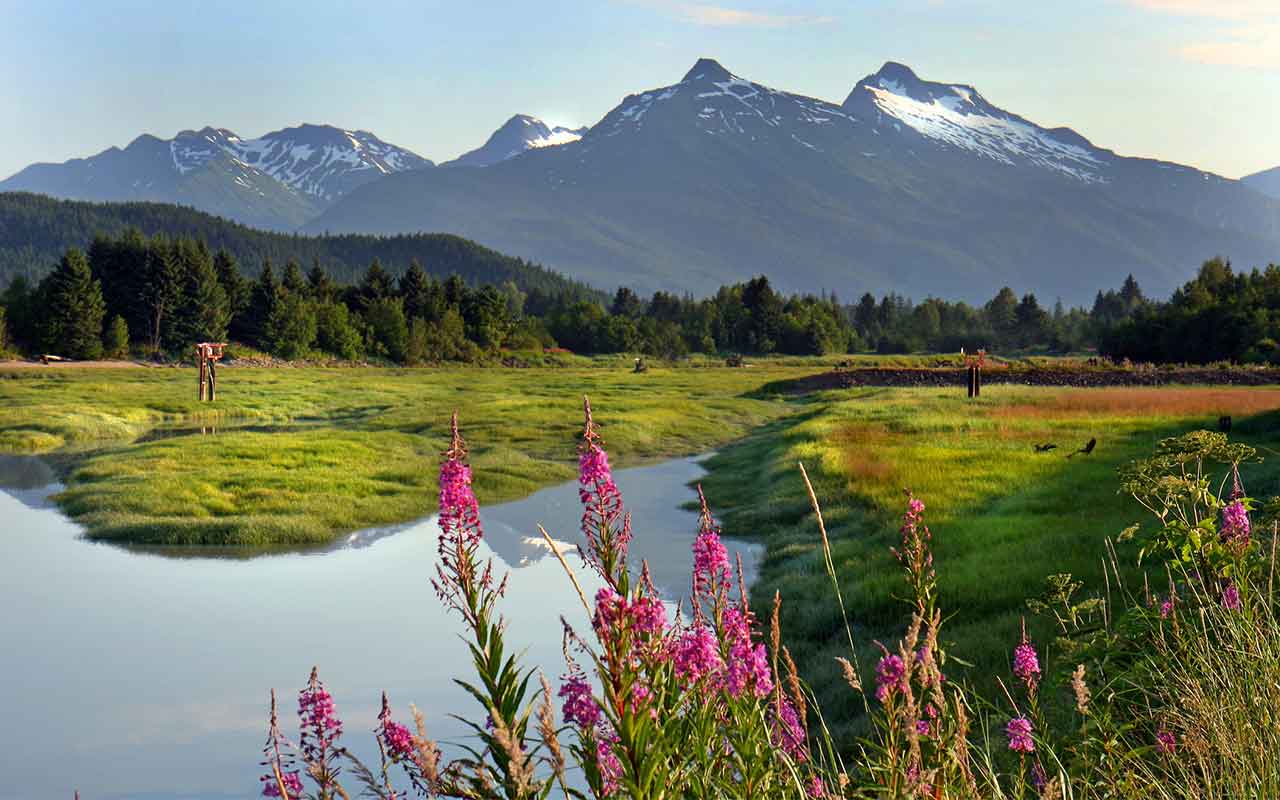
Juneau, Alaska
- Total population: 32,434
- Share of population, age 45 to 64: 29.3%
- Retired cost of living: 33.2% above national average
- Median income, age 45 to 64: $102,396
- State's retiree tax picture: Most Tax Friendly
If you crave adventure—and don't mind long winters and vast swaths of wilderness—it pays to live in Alaska. Literally. The state's oil wealth savings account gives all permanent residents an annual dividend: $1,600 per person in 2018. That's on top of the state's generous tax situation: Alaska has no state income tax or sales tax (although municipalities may levy a local sales tax), and it doesn't tax Social Security or other retirement benefits. No wonder Alaska ranks as the most tax-friendly state for retirees.
Still, seniors don't seem too interested in facing the Last Frontier. Only 10.1% of the entire state's population is age 65 and older, compared with 14.9% of the U.S. That leaves more room for younger residents—with 25.8% of the state being 45 to 64 years old and an even higher share of the capital city belonging to that age group—to take advantage of the state's financial benefits. Younger retirees might also enjoy all the local, natural benefits: Juneau offers endless outdoor activities, from kayaking to whale watching, as well as a charming downtown.
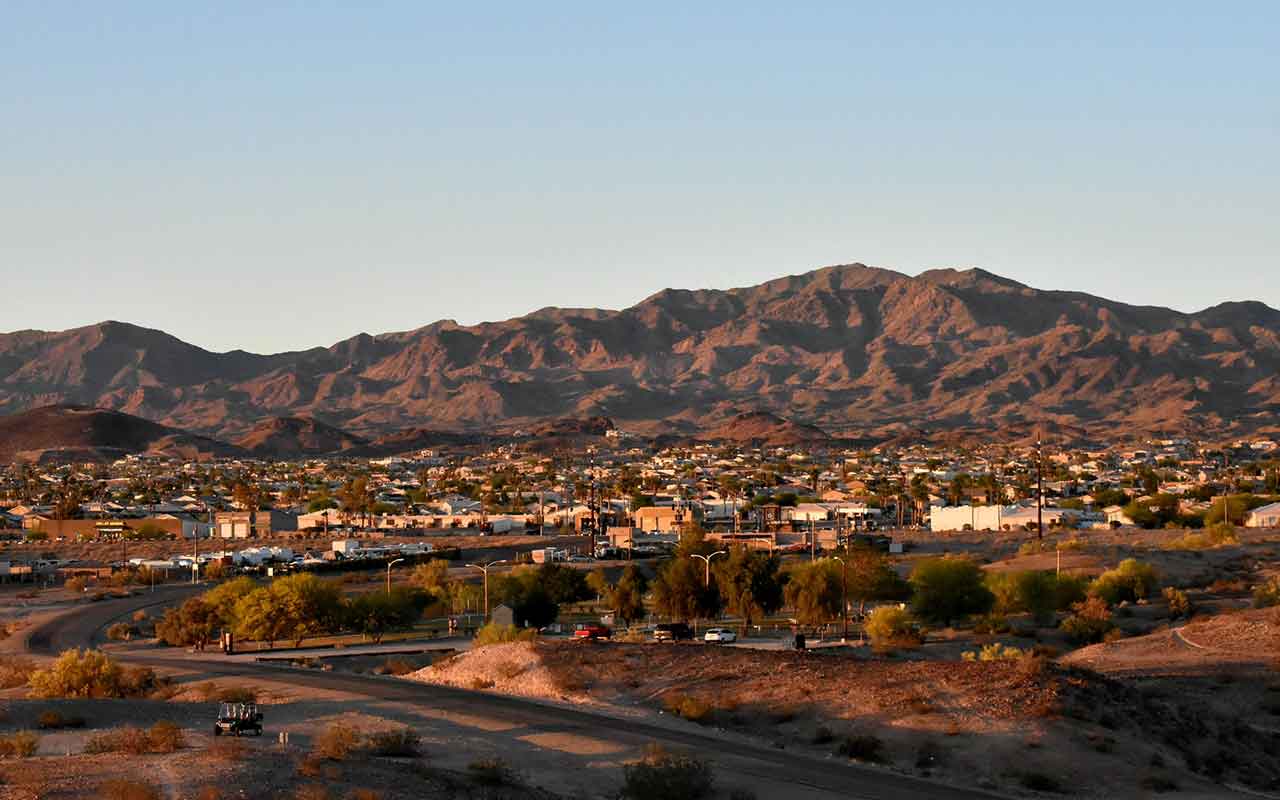
Lake Havasu City, Ariz.
- Total population: 204,691
- Share of population, age 45 to 64: 28.0%
- Retired cost of living: 0.2% below national average
- Median income, age 45 to 64: $44,328
- State's retiree tax picture: Mixed
Lake Havasu City, situated on the eastern shore of its namesake lake, is a popular destination for co-eds on spring break and snowbirds in the winter—a testament to its attractiveness for a wide age range, making it a great choice for early retirees. Indeed, for the whole year, the local median age is 50.4, compared with 37.8 for the U.S.
- Being lake-adjacent, the area along the California border offers plenty of water-related recreation, including boating, fishing and swimming, as well as scuba diving and water skiing. The area also offers miles of trails covering a wide range of terrain for hikers of all ages and skill levels. But it's more than just fun and games: Kiplinger named Lake Havasu City one of 15 Satellite Cities Poised to Thrive. That's based on expanding regional business growth and a hot job market, so it offers a strong economic base should you decide to unretire in some form.
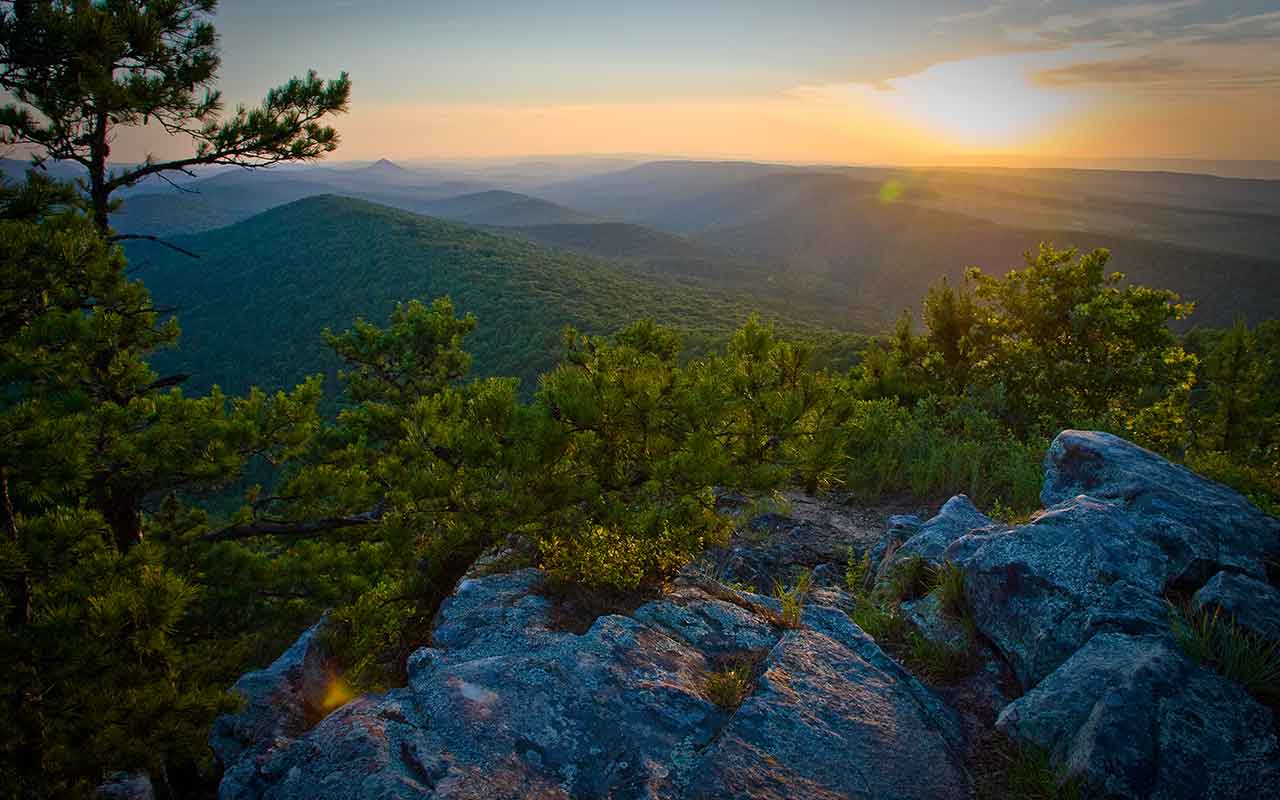
Hot Springs, Ark.
- Total population: 97,994
- Share of population, age 45 to 64: 27.1%
- Retired cost of living: 8.0% below national average
- Median income, age 45 to 64: $49,692
- State's retiree tax picture: Not Tax Friendly
You won’t need to travel far for rest and relaxation if you settle in this retirement hotspot. Surrounding the north end of the city of Hot Springs is Hot Springs National Park, which has 47 hot springs that come out of the mountain of the same name and bathhouses, where you can drink from fountains and soak in the water. The relaxing experience extends into the city proper, where you can find many spa and massage services to choose from. You can also unwind by golfing at one of the area's 11 championship courses, by fishing or boating on one of the three local lakes and by exploring the trails through the Ouachita Mountains.
Even your wallet can de-stress. Housing, transportation and health care costs for retirees are particularly low, at 23.3%, 20.3% and 8.2% below the national average, respectively. The median home value in Hot Springs, about 60 miles southwest of Little Rock, is $114,700—far below the national median of $193,500, according to the U.S. Census Bureau.

San Francisco
- Total population: 4.6 million
- Share of population, age 45 to 64: 26.8%
- Retired cost of living: 83.3% above national average
- Median income, age 45 to 64: $105,396
- State's retiree tax picture: Mixed
Yes, it's one of the most expensive cities in the U.S., second only to Manhattan and with living costs about double the national average for both retirees and the general population. But a slim silver lining: While the infamously high housing prices push up the overall measure of local living costs, other expenses are not nearly as bad. Indeed, Bay Area housing costs alone are a whopping 253.3% above the national average for retirees, but health care costs for the demographic are a more manageable 19.4% above the national average.
Plus, the main reason for the metro area's high costs—the burgeoning tech sector—is also a major attraction. It has driven rapid economic growth for years, helping to boost paychecks, create a hot job market and attract workers and businesses alike. So you should find plenty of opportunities to work in retirement if need be.
Plus, miles of hiking trails around the city offer an easy opportunity to disconnect from urban trappings and reconnect with nature. The Golden Gate National Recreation Area is just about a 30-minute drive from downtown and consists of more than 82,000 acres of diverse ecosystems and attractions, including Muir Woods National Monument, Tennessee Valley and Montara Mountain.
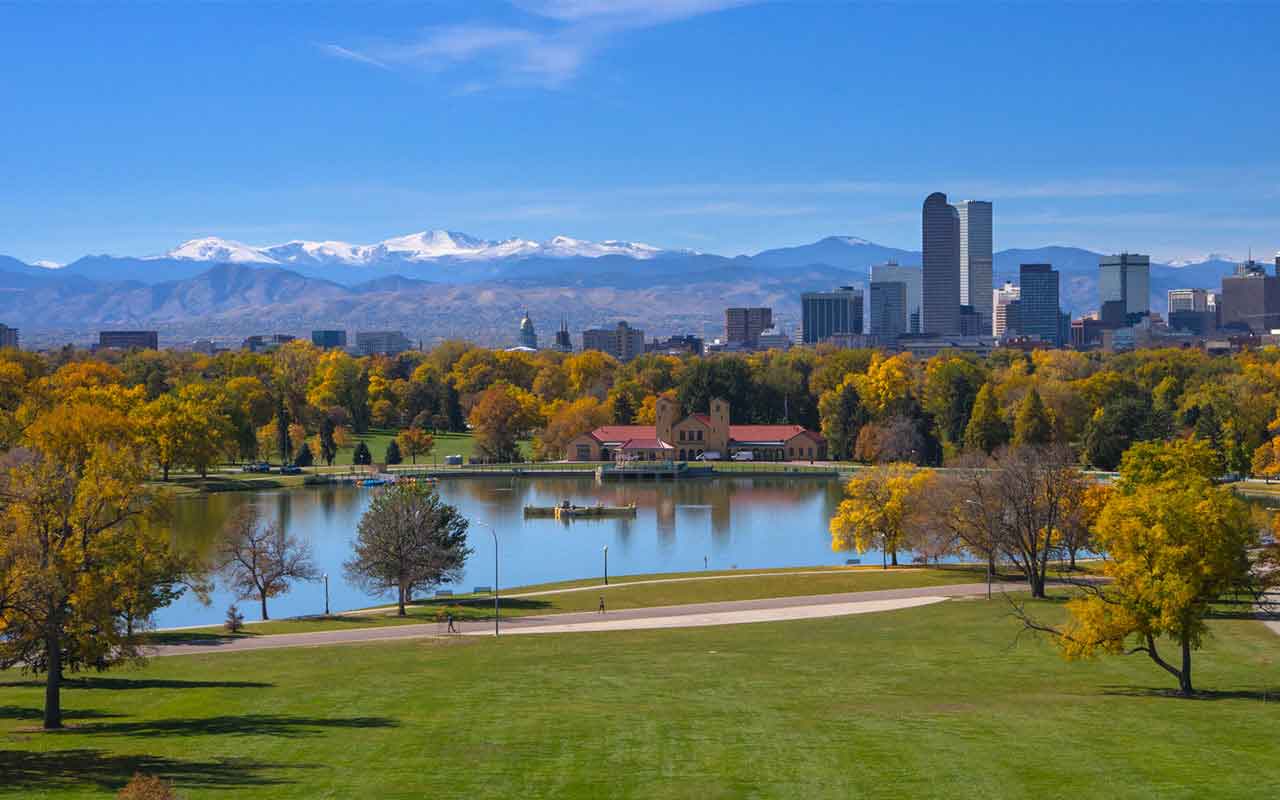
Denver
- Total population: 2.8 million
- Share of population, age 45 to 64: 25.7%
- Retired cost of living: 9.9% above national average
- Median income, age 45 to 64: $84,653
- State's retiree tax picture: Mixed
Colorado places eighth in the United Health Foundation's overall health rankings and fourth in its senior health rankings, and Denver plays a healthy role in that rating. Indeed, the Milken Institute, a think tank, ranked the metro area the 12th best big city for successful aging in large part due to the population's healthy and active lifestyle.
Other strengths of the area include high employment and economic stability, which can be particularly desirable for early retirees who'd like to have the option to work again. For later on in your retirement, you may also appreciate Denver's quality infrastructure, with well-funded transit for older adults, highly rated nursing homes and ample continuing care.
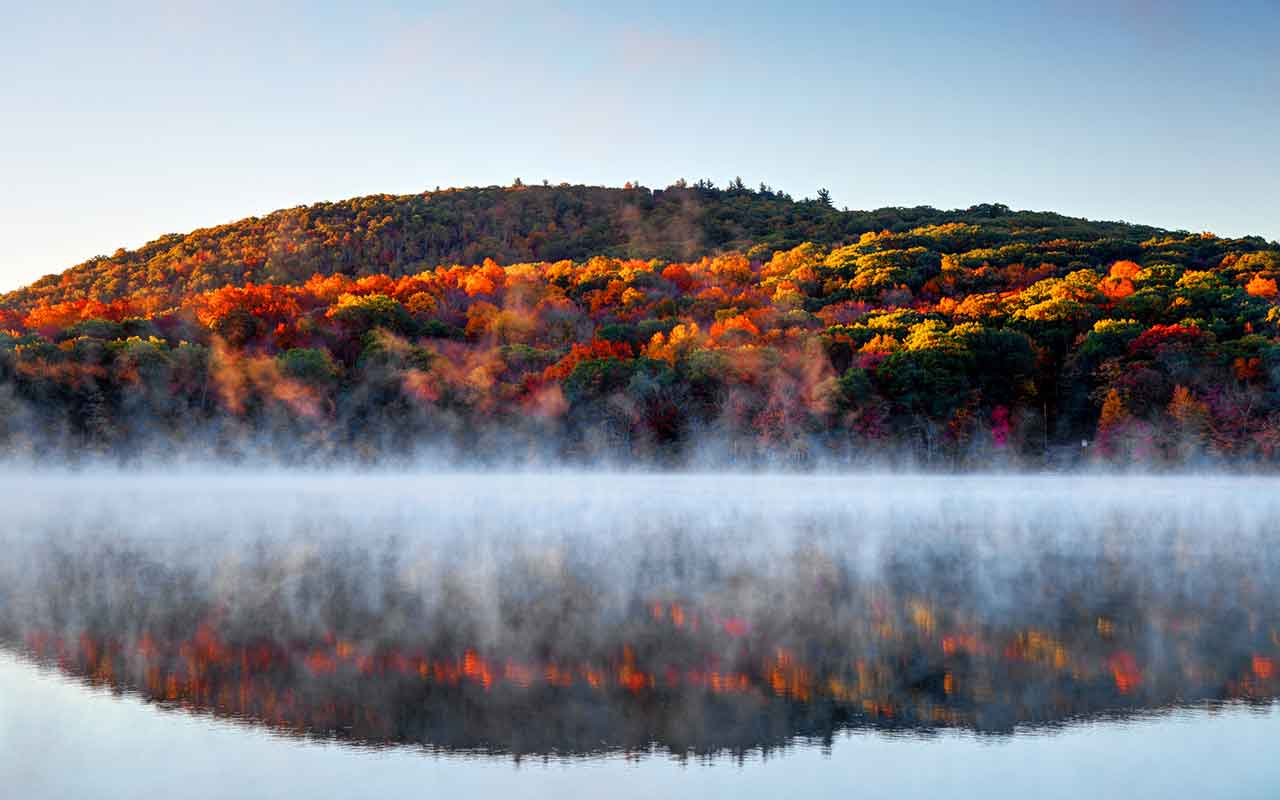
New Milford, Conn.
- Total population: 27,380*
- Share of population, age 45 to 64: 33.4%
- Cost of living: 16.6% above the national average**
- Median income, age 45 to 64: n/a
- State's retiree tax picture: Least Tax Friendly
Young retirees seeking peace and quiet without getting bored ought to consider settling in New Milford. About 82 miles north of New York City and 150 miles south of Boston, the New England village is a short train ride away from big-city amenities but bursting with small-town charm. It offers a quaint downtown area with shops, restaurants and an expansive town green. Candlewood Lake and the Housatonic River provide a great setting for a host of outdoor activities, including swimming, boating, kayaking and rowing, and a chance to connect with nature. And being in the Litchfield Hills region, you're sure to enjoy leaf peeping in the fall, skiing in the winter and hiking the Appalachian Trail all year round (weather permitting).
The local financial situation is not quite as picturesque. Connecticut at large tends to be quite pricey and aggressive with taxes. But living costs in New Milford are a bit more affordable than the rest of the state at 18.4% above the national average. And local household incomes are typically also high. Across all ages, the median household income in New Milford is $83,676, according to the U.S. Census Bureau, compared with $57,652 for the U.S.
*Town population, according to the U.S. Census Bureau.
**Overall cost of living for all residents, according to Sperling's BestPlaces.

Kapaa, Hawaii
- Total population: 71,093
- Share of population, age 45 to 64: 28.3%
- Cost of living: 67.5% above the national average**
- Median income, age 45 to 64: $82,891
- State's retiree tax picture: Tax Friendly
With its tropical climate and pristine beaches, Hawaii can be a retirement paradise for sun- and fun-loving folk. But the state's high costs is a big deterrent, especially for early retirees who need to make their money last even longer. With that in mind, we suggest considering the micropolitan area of Kapaa (which means "solid"), where living costs are not quite as intimidating. While still very high compared with the U.S., in general, they're notably lower than the rest of the state (86.9% above the national average) and capital Honolulu (89.7% above the national average for all residents and 92.2% above the national average for retirees).
Kapaa proper is a small town with a population of just 10,505. It sits on the eastern shore of Kauai. Like many spots in Hawaii, it has plenty to offer in terms of natural beauty and outdoor recreation with beaches, parks and hiking trails lush with wildlife and ocean views. It also has the Samuel Mahelona Memorial Hospital, along with an outpatient clinic, within city limits and is just eight miles from Lihue International Airport. So it's not as remote as you might expect an island paradise to be. Indeed, it's a popular local shopping village with farmers markets, street vendors and several restaurants. Just don't mind all the tourists.
**Overall cost of living for all residents, according to Sperling's BestPlaces.

Twin Falls, Idaho
- Total population: 105,287
- Share of population, age 45 to 64: 22.6%
- Retired cost of living: 9.3% below national average
- Median income, age 45 to 64: $58,063
- State's retiree tax picture: Mixed
The Gem State is a brilliant blend of affordability and economic stability that can make a great home for early retirees. In fact, Idaho is the number one state for fastest job growth rate with high-tech firms, including Boise-based Micron, being attracted to its low operating costs and drawing investors and workers alike.
Twin Falls is particularly cheap for retired residents, compared with all of Idaho's already low living costs 5% below the national average for the general population. But you can still find plenty to do, especially if you're an outdoor enthusiast. The area, on the edge of Snake River Canyon in Southern Idaho, offers beautiful vistas and a good setting for hiking, camping, bird watching and kayaking.
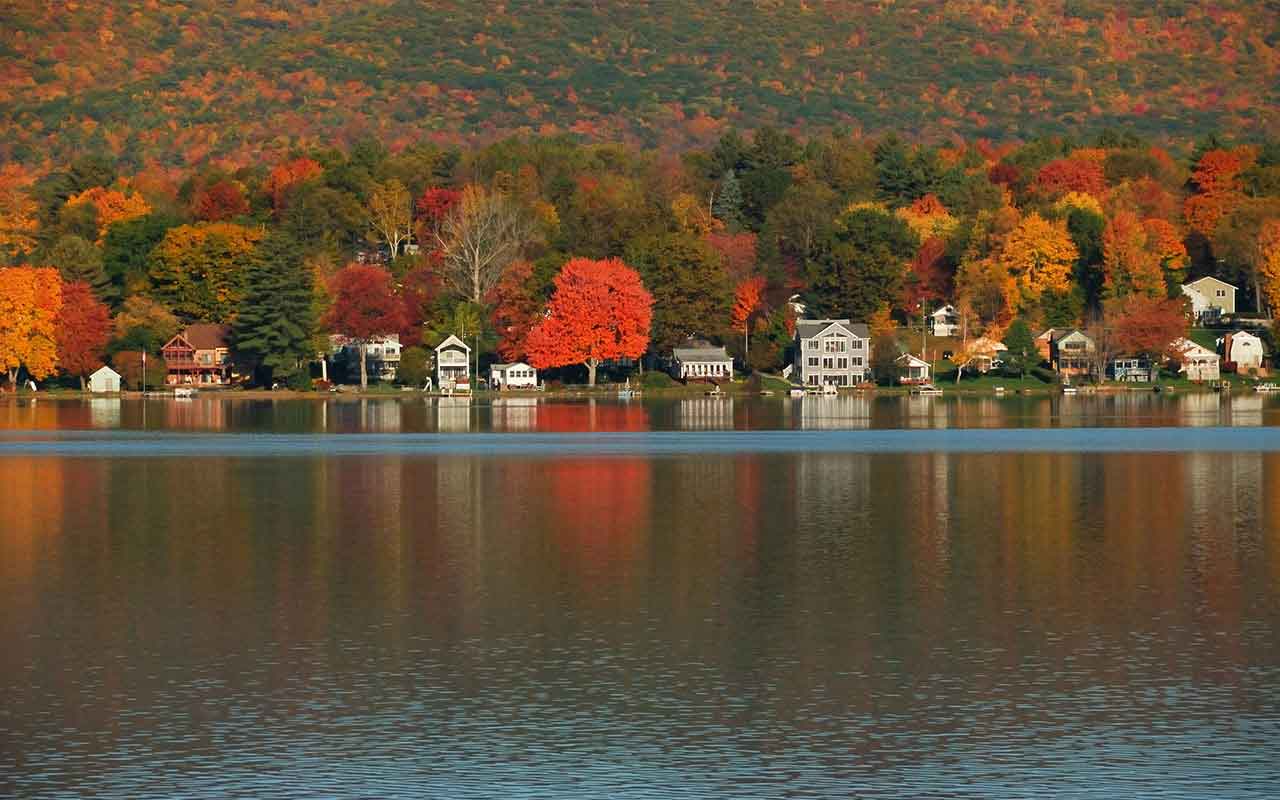
Pittsfield, Mass.
- Total population: 127,751
- Share of population, age 45 to 64: 30.3%
- Retired cost of living: 7.4% above national average
- Median income, age 45 to 64: $65,943
- State's retiree tax picture: Not Tax Friendly
New England is notoriously expensive, but Pittsfield offers a small pocket of relative affordability—at least more reasonably priced than the Boston metro area, where living costs for retirees are 55.6% above the U.S. average. Housing is particularly affordable: The median home value in the city, located in the western part of the state, is $173,100, compared with $193,500 for the U.S. and a whopping $455,100 for Boston proper.
- Leaf peeping in the fall may be enough to draw you to the Berkshires. But you can find plenty to enjoy year round, including camping, fishing, hiking and skiing. Nearby, enjoy musical performances at the Tanglewood Music Center, the summer home of the Boston Symphony Orchestra. Art lovers may want to make short drive to the Clark Art Institute in Williamstown and the Massachusetts Museum of Contemporary Art (MASS MoCa, for short) in North Adams.
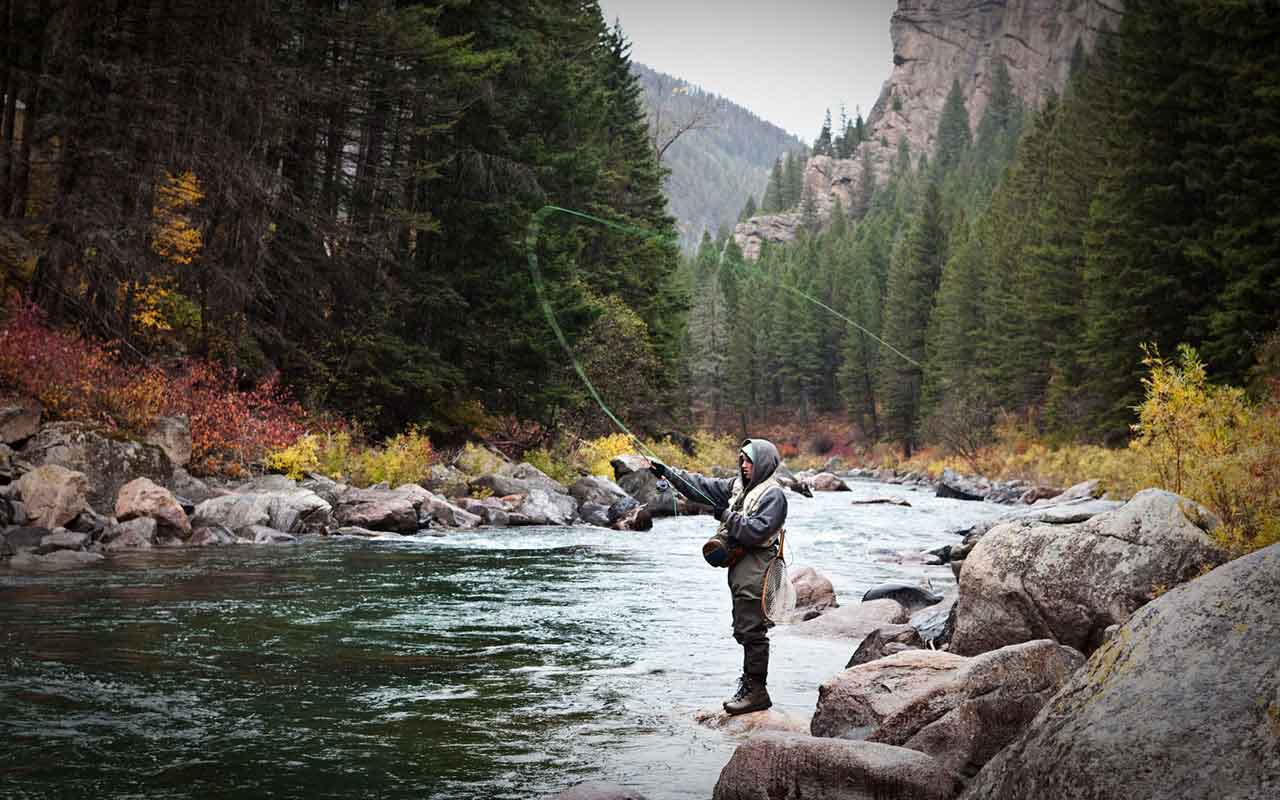
Bozeman, Mont.
- Total population: 100,733
- Share of population, age 45 to 64: 23.0%
- Retired cost of living: 2.6% above national average
- Median income, age 45 to 64: $75,219
- State's retiree tax picture: Not Tax Friendly
- Bozeman is in southern Montana, nestled in the Gallatin Valley and surrounded by majestic ranges and national forests. Yellowstone and Grand Teton national parks sit due south of Bozeman. The geography means you have to be comfortable hiking, mountain biking, skiing and backcountry exploring your way through retirement. Hunting and fishing are also popular local activities.
But don't expect total isolation. Montana State University's Bozeman campus is home to about 15,000 students. Exuberant co-eds might not be the neighbors you pictured in your mountain-view retirement destination, but you may enjoy the dining, culture and entertainment options that come with a college town.

Gardnerville Ranchos, Nev.
- Total population: 47,632
- Share of population, age 45 to 64: 31.1%
- Cost of living: 34.1% above the national average**
- State's retiree tax picture: Most Tax Friendly
Downside: You'll pretty much have to be a millionaire to afford the local living costs. Housing is the biggest budget killer with the median home value in Gardnerville Ranchos being $254,000, according to the U.S. Census Bureau, compared with $216,400 in Nevada and $193,500 in the U.S. Upside: State taxes are light not just for retirees, but for residents of all ages. In fact, the Silver State is one of Kiplinger's Most Tax-Friendly States in the U.S., with its low property tax and zero income tax.
**Overall cost of living for all residents, according to Sperling's BestPlaces.
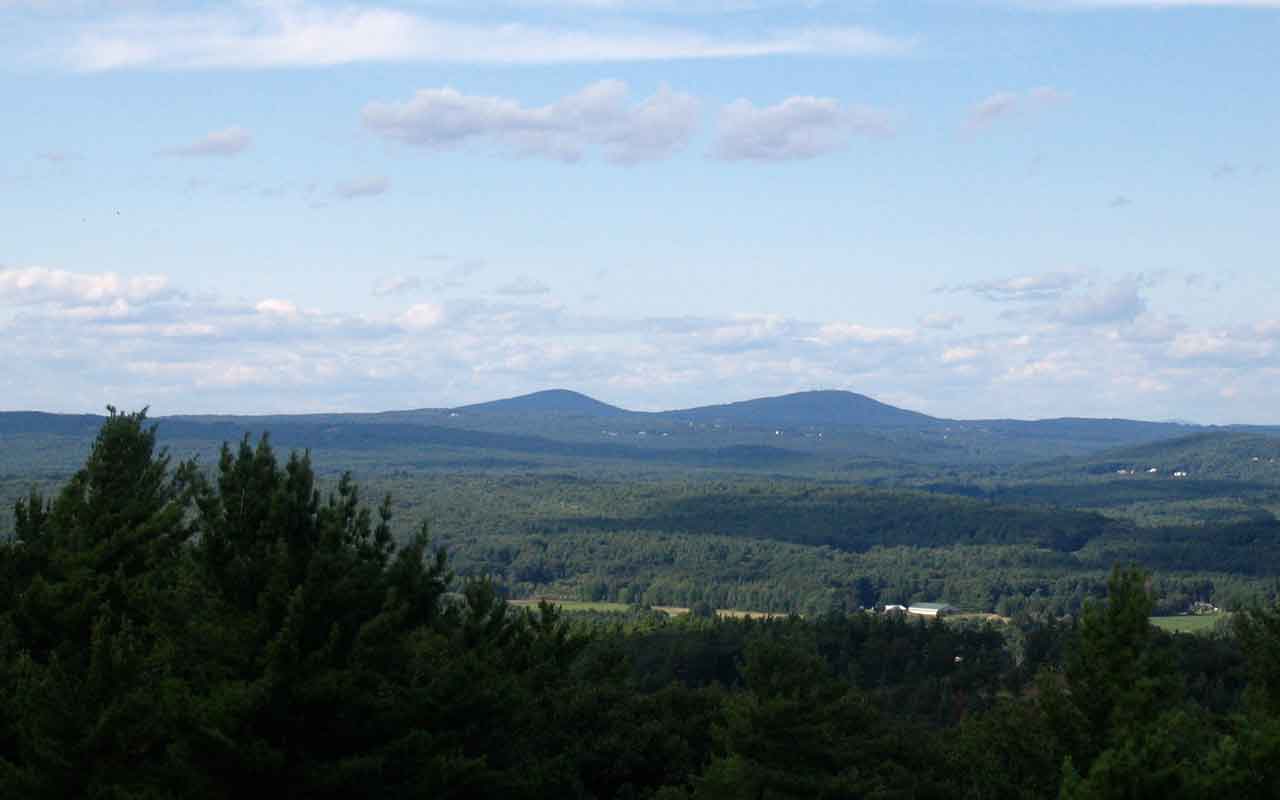
Manchester, N.H.
- Total population: 406,371
- Share of population, age 45 to 64: 30%
- Retired cost of living: 10.4% above national average
- Median income, age 45 to 64: $93,052
- State's retiree tax picture: Most Tax Friendly
The Manchester metro area, including Nashua, may come with relatively high living costs, but the above-average household incomes help make them manageable. The Granite State's rock-solid tax advantages help, too. It’s a big reason why we recently ranked New Hampshire the ninth best for retirement.
Plenty of amenities make the area appealing to retirees. You can find a nice selection of restaurants in town and plenty of outdoor recreation to enjoy, including nearby snowshoeing, hiking, skiing and just taking in the scenic mountain views. And when you need a big-city escape—the city population of Manchester is just 111,196, after all—Boston is only an hour away.
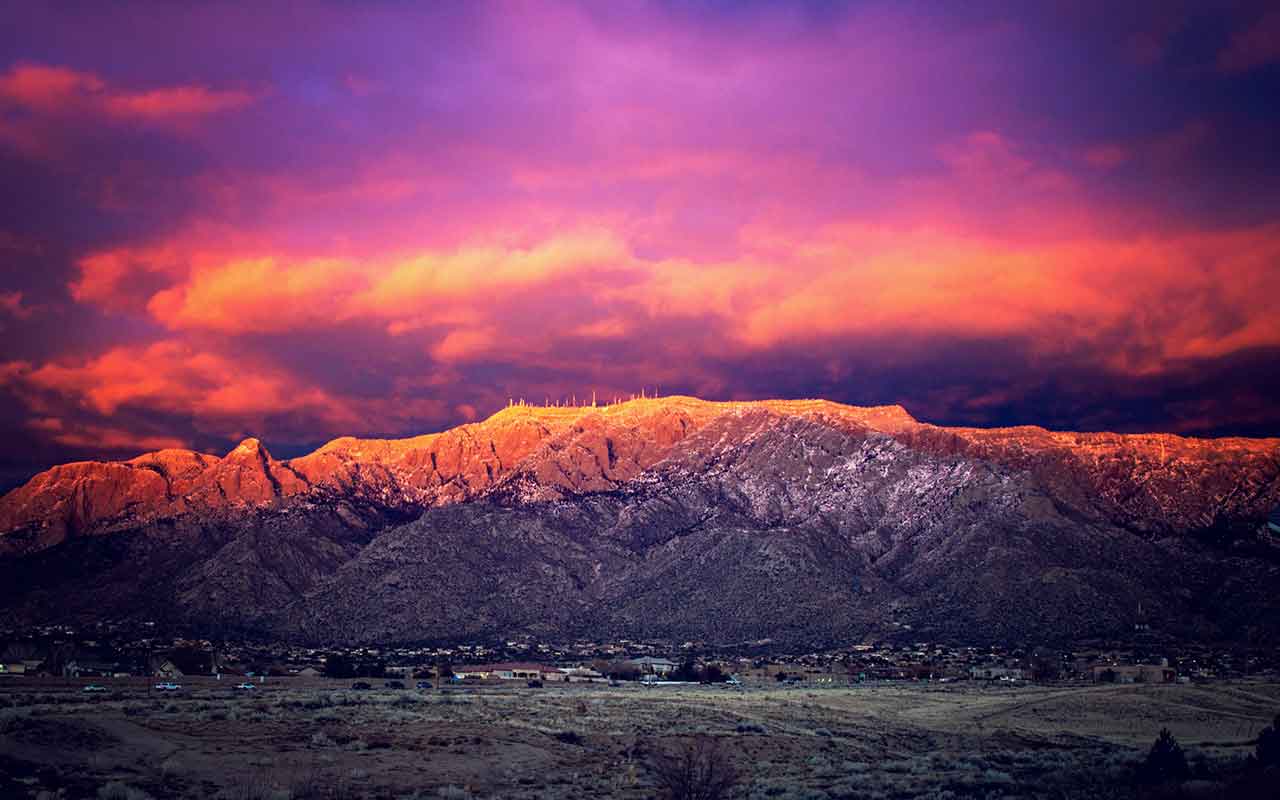
Albuquerque, N.M.
- Total population: 905,049
- Share of population, age 45 to 64: 26.1%
- Retired cost of living: 2.4% below national average
- Median income, age 45 to 64: $59,944
- State's retiree tax picture: Least Tax Friendly
You can find a lot to enjoy in Albuquerque throughout your long retirement. Local casinos—complete with concert venues, restaurants and more, along with table games, slots and bingo—help energize the local nightlife. In the light of day, you can explore the many hiking and biking trails in and around the city, go hot air ballooning, enjoy a variety of golf courses and just enjoy the 310 sunny days Albuquerque tends to get each year through all four seasons.
All that comes with below-average costs, but also below-average incomes. And many people aren't able to strike a balance: The poverty rate in Albuquerque is 18.2%, compared with 12.3% for the U.S., but better than the 19.7% rate for New Mexico.
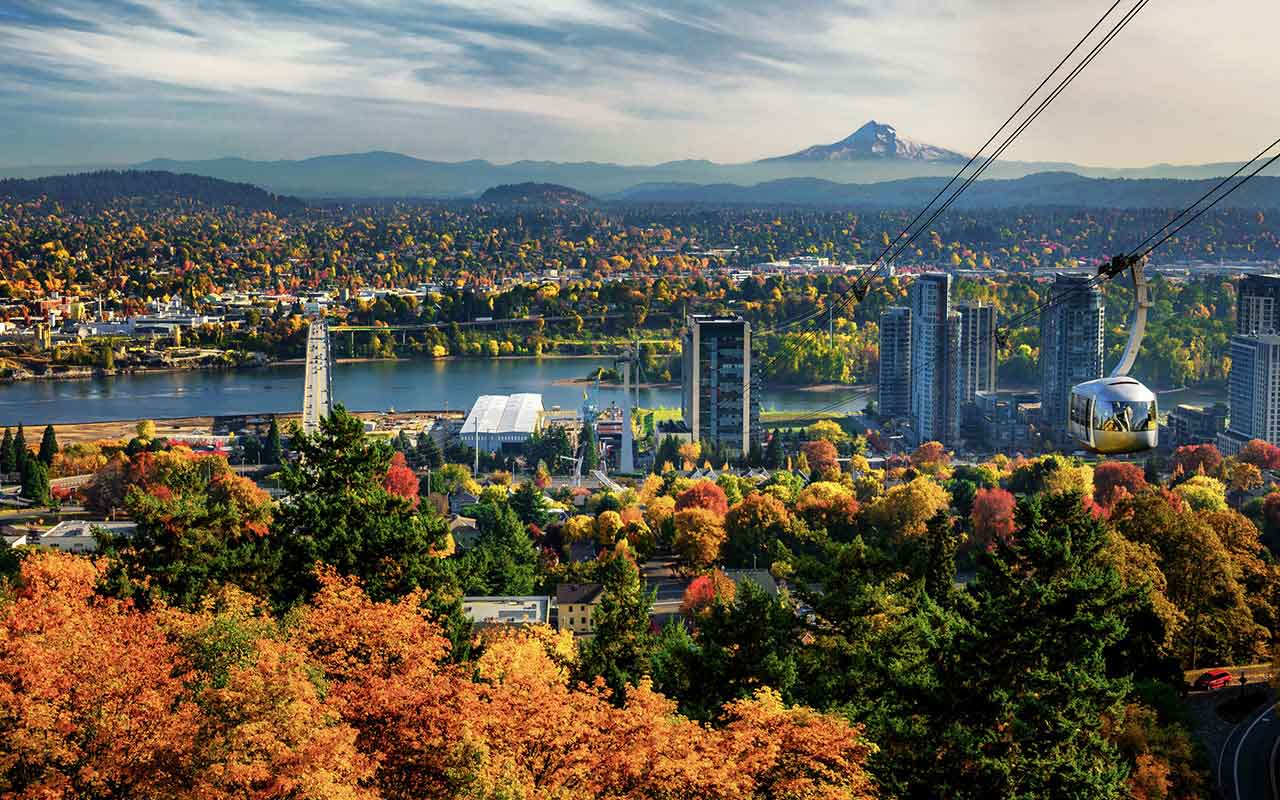
Portland, Ore.
- Total population: 2.4 million
- Share of population, age 45 to 64: 26.2%
- Retired cost of living: 28.7% above national average
- Median income, age 45 to 64: $79,111
- State's retiree tax picture: Not Tax Friendly
As the TV show "Portlandia" says, Portland is where young people go to retire, and we concur, but seriously. Young retirees can certainly appreciate the city's laid-back vibe blended with its entrepreneurial spirit. And anyone could enjoy the big-city amenities in pedestrian-friendly neighborhoods, such as the popular Pearl District, coupled with its natural diversions, including Forest Park and Mount Tabor in the city and Mount Hood and the ocean also nearby.
Less enjoyable: the high costs and tax situation.
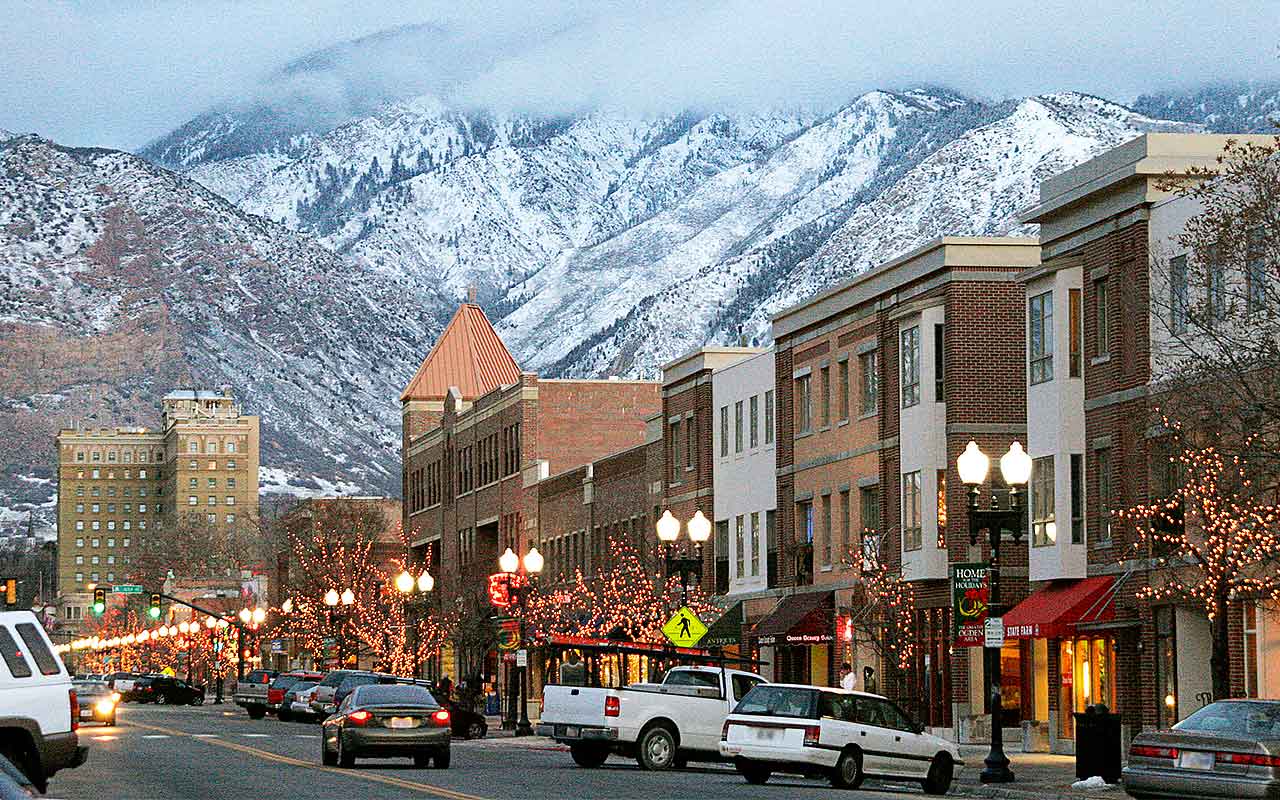
Ogden, Utah
- Total population: 642,274
- Share of population, age 45 to 64: 20.7%
- Retired cost of living: 0.7% below national average
- Median income, age 45 to 64: $84,527
- State's retiree tax picture: Least Tax Friendly
Low costs plus fat paychecks can add up to big savings in Ogden. Ski aficionados, in particular, will appreciate the local world-class ski resorts, including Snowbasin and Powder Mountain, without the high price tags of, say, Provo. And even when the snow melts away, the area still covered with opportunities for outdoor adventure, as well as downtown attractions including a plethora of restaurants, shops and nightlife venues.
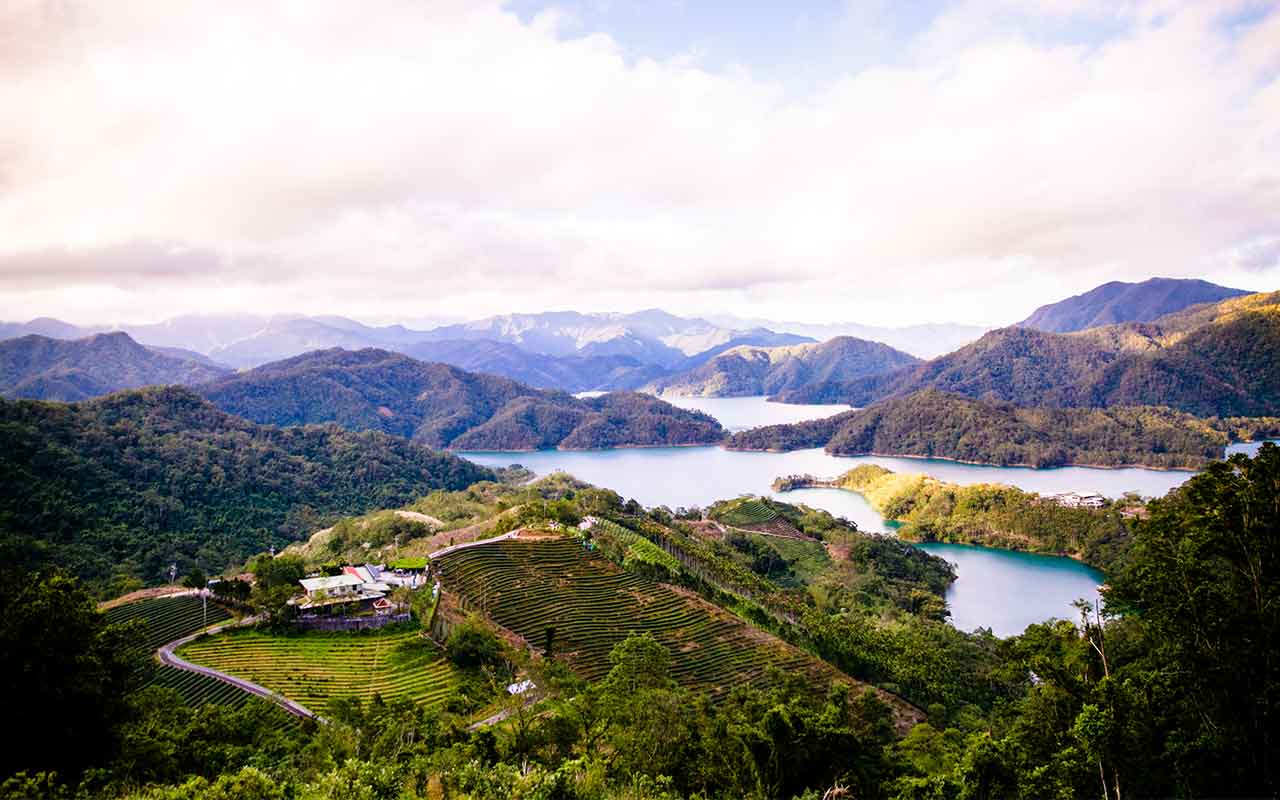
Burlington, Vt.
- Total population: 216,751
- Share of population, age 45 to 64: 27.6%
- Retired cost of living: 17.2% above national average
- Median income, age 45 to 64: $83,500
- State's retiree tax picture: Least Tax Friendly
This small mountain city on the shores of Lake Champlain is a picturesque setting for tree-hugging retirees of all ages. Outdoor recreation is plentiful with miles of hiking and biking paths, nearby beaches where you can swim, kayak or paddleboard in the warmer months, and numerous skiing options in the area. An eco-friendly vibe permeates the town, from the businesses bolstering the city's economy, such as household-products maker Seventh Generation, to the local food movement feeding the neighborhood.
Unfortunately, being green isn't easy on your wallet. Taxes and living costs are high, with housing among retirees being notably expensive at 43.2% above the national average. Indeed, the median home value is $220,600 in the Green Mountain State and $267,500 in Burlington. But if you're willing to give the workforce an encore in a remote job, the state is offering to alleviate some of that financial burden by paying you $5,000 to live there, which you could use to cover costs for moving, setting up a home office or using a co-working space.
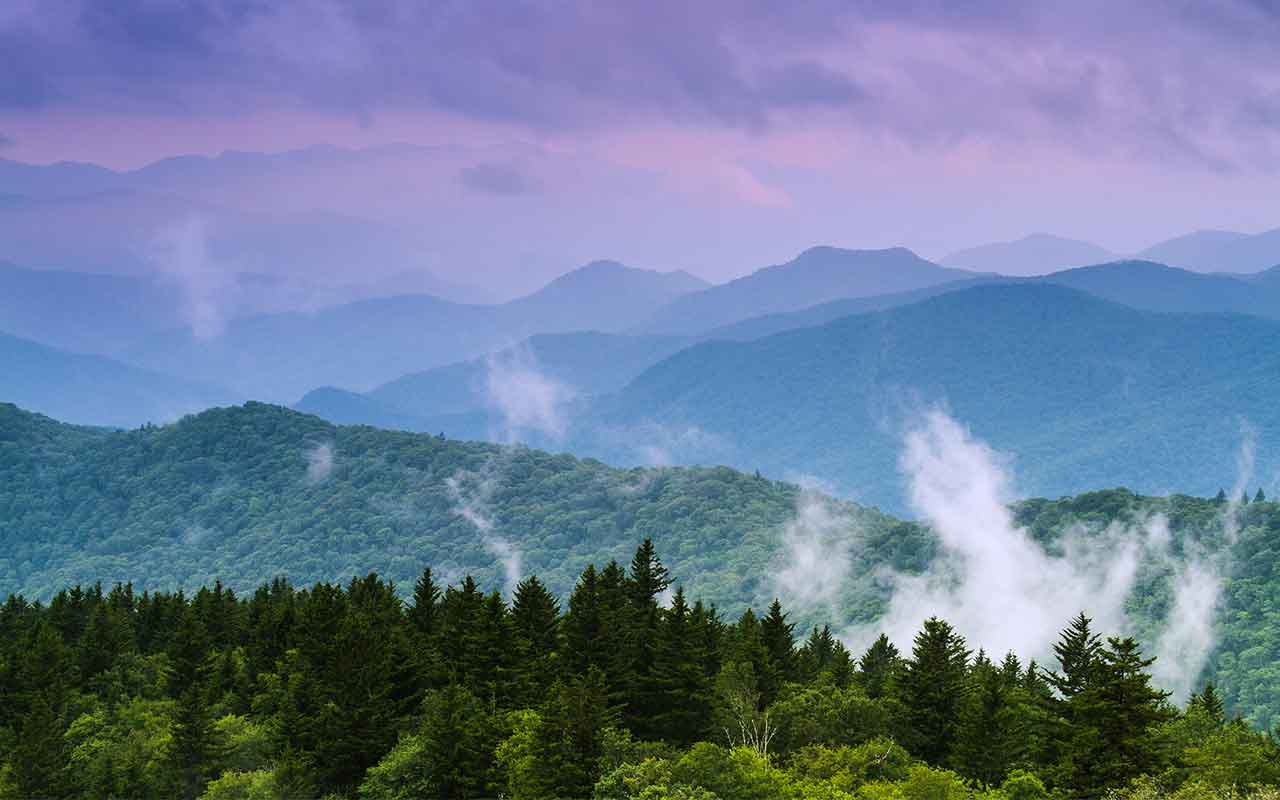
Roanoke, Va.
- Total population: 313,069
- Share of population, age 45 to 64: 28.4%
- Retired cost of living: 10.3% below national average
- Median income, age 45 to 64: $62,803
- State's retiree tax picture: Tax Friendly
Nestled between the Blue Ridge and Allegheny mountains, Roanoke is a haven for those looking to hike through their retirements. You can find more than 600 miles of hiking trails in the Roanoke Valley—including the Appalachian Trail—ranging from easy strolls to challenging climbs. If you'd rather take in the views with less effort, try a scenic drive along the Blue Ridge Parkway. For an even more leisurely afternoon, grab a pint at one of the many local craft breweries.
Whatever you do there, you're likely to enjoy low costs while doing it. Housing is particularly affordable for retirees at 21.6% below the national average. While the median home value in Virginia is $255,800, compared with $193,500 for the U.S., in Roanoke, it's just $133,700.

Seattle
- Total population: 3.7 million
- Share of population, age 45 to 64: 26.4%
- Retired cost of living: 50.1% above national average
- Median income, age 45 to 64: $92,533
- State's retiree tax picture: Tax Friendly
Seattle has been a desirable destination for people in all stages of life for years. And its popularity is reflected in its living costs, among the most expensive in the U.S.
Still, the strong local economy and its booming tech scene, which promises typically high-paying jobs, draws high-skilled workers willing to cope with high costs. (Plus, it's at least cheaper than Silicon Valley.) And the more easygoing atmosphere, encouraged by an abundance of nature and outdoor recreation opportunities in the area's many parks, trails, waterways and Cascade and Olympic mountain ranges, are big attractions for those out of the workforce, too.

Morgantown, W.V.
- Total population: 137,475
- Share of population, age 45 to 64: 23.2%
- Retired cost of living: 6.3% below national average
- Median income, age 45 to 64: $63,746
- State's retiree tax picture: Not Tax Friendly
West Virginia University offers a number of benefits to retirees in Morgantown, from sports games to cultural activities such as Broadway shows and art exhibitions to highly rated medical facilities. If you're 50 or older, you can join the local chapter of the Osher Lifelong Learning Institute. Membership, which costs $100 a year to be a full member, gets you access to interest groups, trips, social gatherings and program classes, including local and international history, music, computers and yoga. And once you're 65 and older, you can take WVU courses at a discount.
- Beyond the University, you can find a world of outdoor recreation with ample opportunities for hiking, biking, fishing, birding, whitewater rafting and more throughout the hills and valleys of Appalachia.
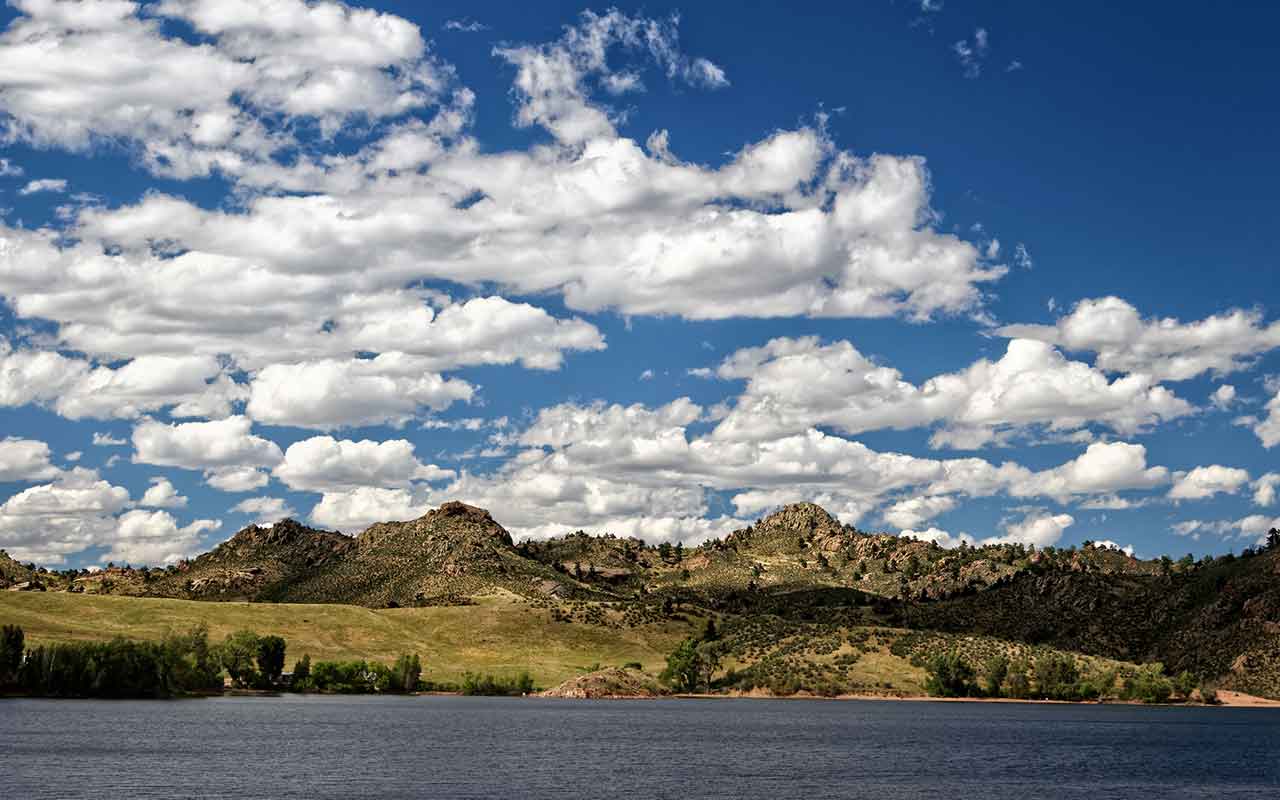
Cheyenne, Wyo.
- Total population: 97,031
- Share of population, age 45 to 64: 25.9%
- Retired cost of living: 7.9% below national average
- Median income, age 45 to 64: $75,418
- State's retiree tax picture: Most Tax Friendly
Retiring early to escape the noise and crowds of the workforce? The Cowboy State offers an abundance of space and quiet—and a scarcity of people. It has a population of fewer than 580,000—that's about six people per square mile. (By comparison, the country's smallest state in size, Rhode Island, hosts more than a million people, with more than 1,000 people per square mile.) Even the capital is relatively small, with about 64,000 residents living in the city proper.
The lack of crowds doesn't leave you a lack of activities. You have plenty of outdoor diversions, such as miles of trails for hiking, biking and horseback riding; fishing and boating; and birding and other wildlife viewing. Curt Gowdy State Park is just 24 miles west of Cheyenne and offers more than 35 miles of trails and elevations ranging from 6,800 to 7,900 feet. Train aficionados can enjoy the area's railroad history and displays of locomotives, including the world's largest steam engine (also retired). Another big local attraction: Every summer since 1897, Cheyenne hosts the world's largest outdoor rodeo and Western celebration, Frontier Days, now a 10-day event.

How We Picked the Best Places for Early Retirement
To pinpoint one great retirement destination in each state, we weighed a number of factors:
- Cost of living for retirees in specified major metropolitan and micropolitan statistical areas is provided by the Council for Community and Economic Research (C2ER) through its cost of living index for retired households. The index includes costs of housing, food and groceries, transportation, utilities, health care and miscellaneous expenses. For select cities, where data specifically for retired households was not available, cost of living comes from Sperling's Best Places and includes all residents, as noted.
- Population data, including the percentage of the population that is age 45 to 64, is provided by the U.S. Census Bureau. The figures, unless otherwise noted, represent the populations of major metropolitan and micropolitan statistical areas that often include multiple cities despite being named after just the principal city.
- Household incomes, poverty rates and unemployment rates for 45- to 64-year-olds are also from the U.S. Census Bureau.
- Taxes on retirees, based on Kiplinger's Retiree Tax Map, divides states into five categories: Most Tax Friendly, Tax Friendly, Mixed, Not Tax Friendly and Least Tax Friendly.
- Average health care costs in retirement are from HealthView Services and include Medicare, supplemental insurance, dental insurance and out-of-pocket costs for a 55-year-old couple who are both retired and are expected to live to 87 (husband) and 89 (wife).
- Rankings of each state's economic health are provided by the Mercatus Center at George Mason University and are based on various factors including state governments' revenue sources, debts, budgets and abilities to fund pensions, health-care benefits and other services.
- Rankings of the health of each state's population are from the United Health Foundation and are based on more than 30 factors ranging from residents' bad habits (smoking and excessive drinking) to the quality of hospital and nursing home care available in the state.
Profit and prosper with the best of Kiplinger's advice on investing, taxes, retirement, personal finance and much more. Delivered daily. Enter your email in the box and click Sign Me Up.

Rapacon joined Kiplinger in October 2007 as a reporter with Kiplinger's Personal Finance magazine and became an online editor for Kiplinger.com in June 2010. She previously served as editor of the "Starting Out" column, focusing on personal finance advice for people in their twenties and thirties.
Before joining Kiplinger, Rapacon worked as a senior research associate at b2b publishing house Judy Diamond Associates. She holds a B.A. degree in English from the George Washington University.
-
 Amazon Surge Sends S&P 500, Nasdaq Higher to Start November: Stock Market Today
Amazon Surge Sends S&P 500, Nasdaq Higher to Start November: Stock Market TodayAmazon inked a $38 billion cloud deal with OpenAI, which sent the stock to the top of the Dow Jones on Monday.
-
 If You'd Put $1,000 Into Home Depot Stock 20 Years Ago, Here's What You'd Have Today
If You'd Put $1,000 Into Home Depot Stock 20 Years Ago, Here's What You'd Have TodayHome Depot stock has been a buy-and-hold banger for truly long-term investors.
-
 What to Do With Your Tax Refund: 6 Ways to Bring Growth
What to Do With Your Tax Refund: 6 Ways to Bring GrowthUse your 2024 tax refund to boost short-term or long-term financial goals by putting it in one of these six places.
-
 What Does Medicare Not Cover? Eight Things You Should Know
What Does Medicare Not Cover? Eight Things You Should KnowMedicare Part A and Part B leave gaps in your healthcare coverage. But Medicare Advantage has problems, too.
-
 12 Great Places to Retire in the Midwest
12 Great Places to Retire in the MidwestPlaces to live Here are our retirement picks in the 12 midwestern states.
-
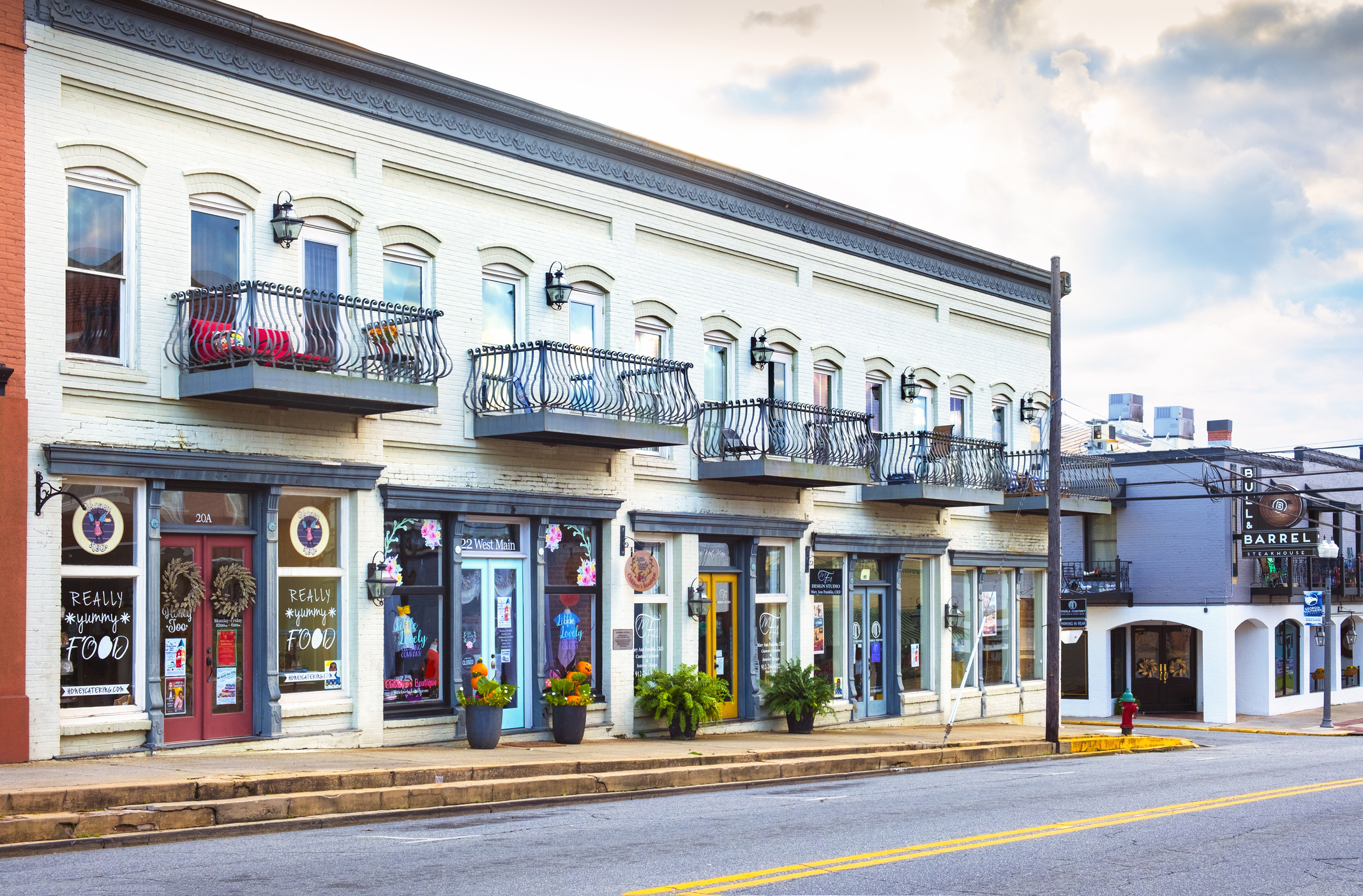 Ten Cheapest Small Towns to Live In
Ten Cheapest Small Towns to Live InThe cheapest small towns might not be for everyone, but their charms can make them the best places to live for plenty of folks.
-
 15 Reasons You'll Regret an RV in Retirement
15 Reasons You'll Regret an RV in RetirementMaking Your Money Last Here's why you might regret an RV in retirement. RV-savvy retirees talk about the downsides of spending retirement in a motorhome, travel trailer, fifth wheel, or other recreational vehicle.
-
 The 24 Cheapest Places To Retire in the US
The 24 Cheapest Places To Retire in the USWhen you're trying to balance a fixed income with an enjoyable retirement, cost of living is a crucial factor to consider. Is your state the best?
-
 The Six Best Places to Retire in New England
The Six Best Places to Retire in New Englandplaces to live Thinking about a move to New England for retirement? Here are the best places to land for quality of life, affordability and other criteria.
-
 Estate Planning Checklist: 13 Smart Moves
Estate Planning Checklist: 13 Smart Movesretirement Follow this estate planning checklist for you (and your heirs) to hold on to more of your hard-earned money.
